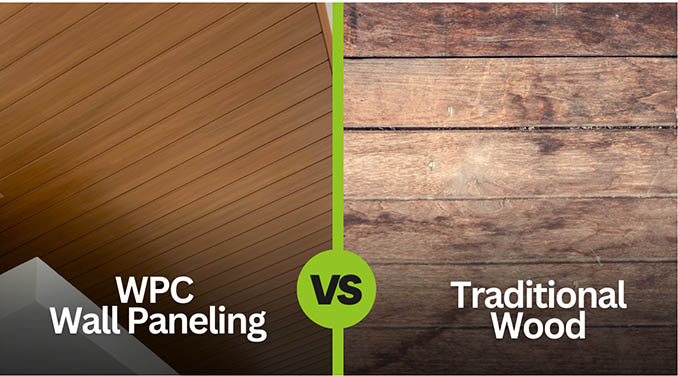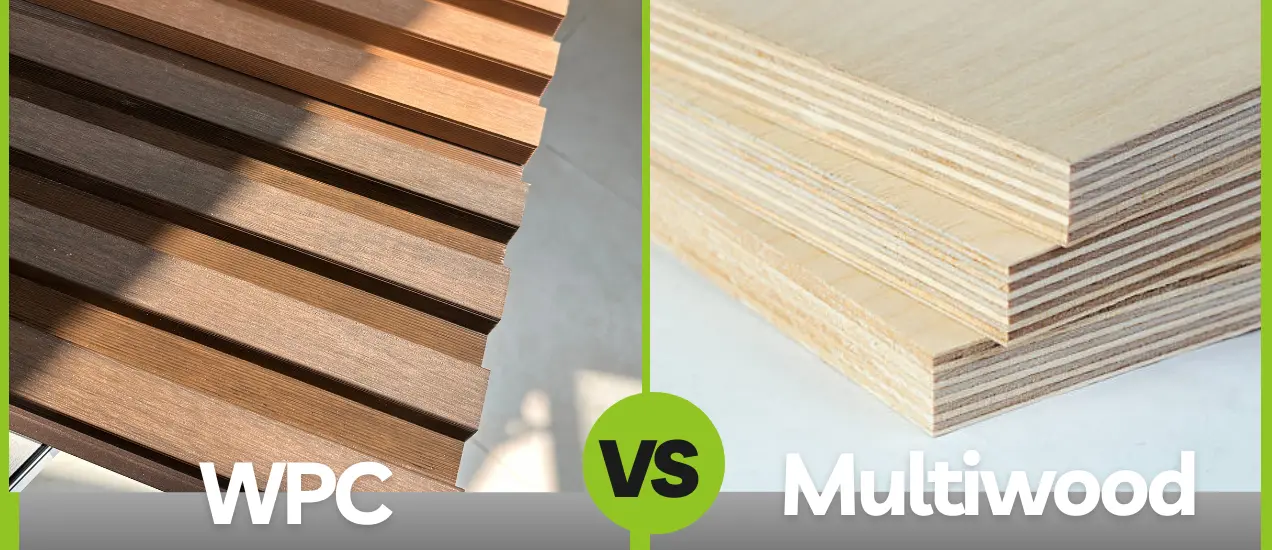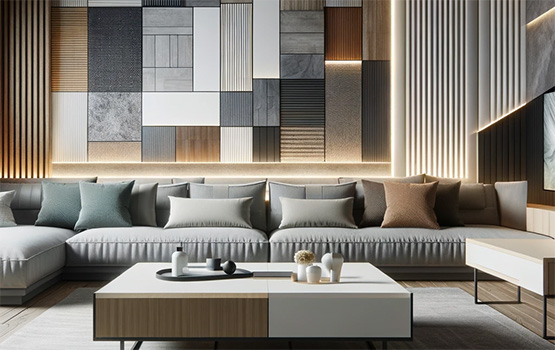What Does Cladding Mean in Construction?
In the realm of construction, the term "cladding" frequently pops up, but what does it really entail? Cladding is a crucial component that not only defines the aesthetic appeal of a building but also offers protection against various environmental elements. This article delves into the meaning of cladding in construction, its types, differences from siding, and its longevity.
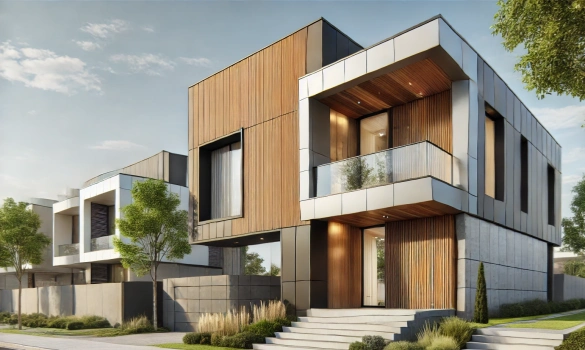
Table of Contents
What Does Cladding Mean in Construction?
Cladding refers to the application of one material over another to provide a skin or layer intended to control the infiltration of weather elements or for aesthetic purposes. It is an external layer attached to the primary structure of a building, enhancing both its appearance and functionality. Cladding can serve multiple purposes: protection from the weather, improved thermal insulation, and adding an architectural touch to the building's design.
What is the Difference Between Siding and Cladding?
Though siding and cladding are often used interchangeably, there are distinct differences:
Scope and Usage: Siding is typically used in residential construction and refers specifically to materials applied to the exterior of houses. Cladding, on the other hand, is a broader term that encompasses all types of external coverings used in both residential and commercial buildings.
Materials: Siding materials include vinyl, wood, aluminum, and fiber cement. Cladding materials are more varied and can include metal, brick, stone, glass, and composites.
Installation: Siding is generally attached directly to the building's framework or sheathing. Cladding systems can be more complex, often involving multiple layers and sometimes a ventilation gap to manage moisture.
Types of Cladding
Several types of cladding materials are available, each offering unique benefits:
Vinyl Cladding: Lightweight, cost-effective, and easy to install, vinyl is a popular choice for residential buildings.
Wood Cladding: Offers a natural, traditional appearance and can be stained or painted. Common woods include cedar and pine.
Metal Cladding: Durable and often used in commercial buildings. Materials include aluminum, steel, and zinc.
Brick and Stone Cladding: Provides a classic, robust look and excellent durability. Ideal for both residential and commercial applications.
Fiber Cement Cladding: Combines the durability of cement with the appearance of wood or stone. Resistant to termites and rot.
Composite Cladding: Made from a mixture of materials such as wood fibers, plastics, and bonding agents. Known for its durability and low maintenance.
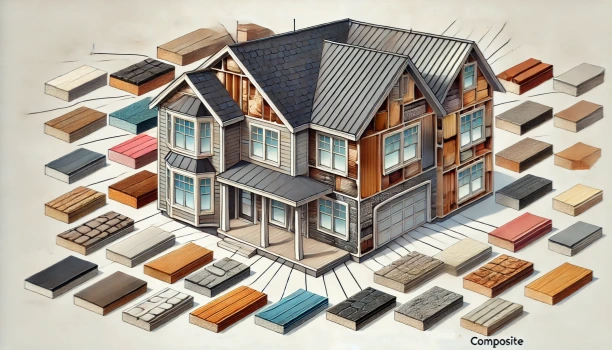
How Long Does House Cladding Last?
The lifespan of house cladding depends on the material used and the environmental conditions it faces. Here’s a general idea:
Vinyl Cladding: Can last 20-40 years with minimal maintenance.
Wood Cladding: Typically lasts 15-40 years, depending on maintenance and wood type.
Metal Cladding: Can endure 40-60 years or more, with minimal upkeep.
Brick and Stone Cladding: Offers a lifespan of over 100 years, making it a long-term investment.
Fiber Cement Cladding: Generally lasts around 50 years, requiring little maintenance.
Composite Cladding: Designed to last 25-30 years with low maintenance needs.
Popular Cladding Trends for 2024
As we step into 2024, cladding trends are evolving, reflecting changes in architectural styles and technological advancements. Here are some of the popular trends:
Eco-Friendly Materials
Sustainability is a significant trend in the construction industry. Eco-friendly cladding materials such as reclaimed wood, recycled metal, and biodegradable composites are gaining popularity. These materials not only reduce the environmental footprint but also add a unique aesthetic to buildings.
Mixed Material Cladding
Combining different cladding materials to create a textured and visually appealing facade is becoming increasingly popular. For instance, blending wood with metal or stone can create a striking architectural statement, offering both modernity and natural warmth.
Bold Colors and Textures
Gone are the days of bland exteriors. Homeowners and architects are now opting for bold colors and textured finishes. Vibrant hues and unique textures can add personality and curb appeal, making buildings stand out.
Smart Cladding Systems
With advancements in technology, smart cladding systems that offer features such as integrated solar panels and self-cleaning surfaces are emerging. These systems not only enhance the building's functionality but also contribute to energy efficiency.
Minimalist Designs
Minimalist designs with clean lines and simple, elegant cladding materials are trending. Materials like glass and smooth metals are favored for their sleek appearance and ability to create a modern, sophisticated look.
In conclusion, cladding plays a pivotal role in both the functional and aesthetic aspects of a building. Understanding the different types, their benefits, and how long they last can help in making an informed decision. As trends evolve, staying updated with the latest in cladding can ensure that your building remains both stylish and durable.
If you are looking for a WPC manufacturer, MATECO will be your best choice.
Website: https://www.matecowpc.com
WhatsApp: +86-13380085620
Email: info@matecowpc.com




